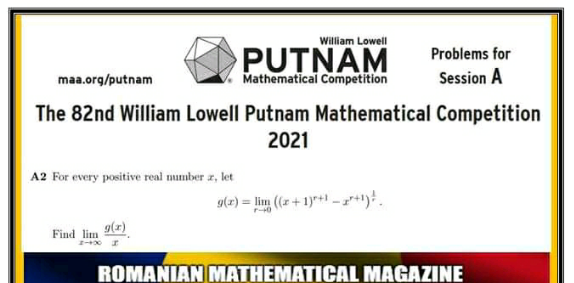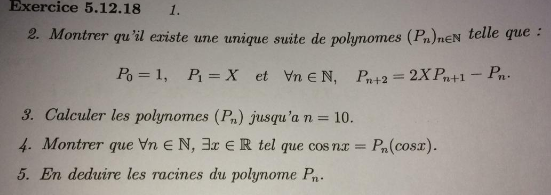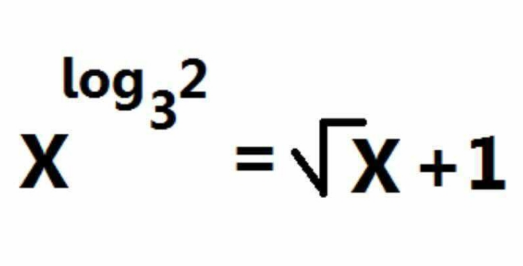
AllQuestion and Answers: Page 567
Question Number 162845 Answers: 1 Comments: 1

Question Number 162834 Answers: 5 Comments: 0

Question Number 162833 Answers: 1 Comments: 0

Question Number 162827 Answers: 1 Comments: 0

Question Number 162825 Answers: 2 Comments: 0

Question Number 162823 Answers: 2 Comments: 0
Question Number 163727 Answers: 0 Comments: 0

Question Number 163724 Answers: 0 Comments: 0

Question Number 162819 Answers: 0 Comments: 1
Question Number 162814 Answers: 2 Comments: 0

Question Number 162811 Answers: 1 Comments: 0
Question Number 162809 Answers: 2 Comments: 0
Question Number 162804 Answers: 2 Comments: 0
Question Number 162794 Answers: 0 Comments: 0

Question Number 162792 Answers: 1 Comments: 0
Question Number 162791 Answers: 3 Comments: 0

Question Number 162790 Answers: 1 Comments: 0
Question Number 162788 Answers: 1 Comments: 0
Question Number 162787 Answers: 1 Comments: 0
Question Number 162783 Answers: 0 Comments: 0

Question Number 162782 Answers: 0 Comments: 0

Question Number 162776 Answers: 3 Comments: 0
Question Number 162775 Answers: 2 Comments: 0
Question Number 162785 Answers: 1 Comments: 0

Question Number 162747 Answers: 1 Comments: 0

Question Number 162744 Answers: 0 Comments: 0

Pg 562 Pg 563 Pg 564 Pg 565 Pg 566 Pg 567 Pg 568 Pg 569 Pg 570 Pg 571
